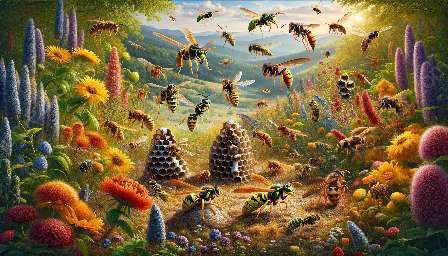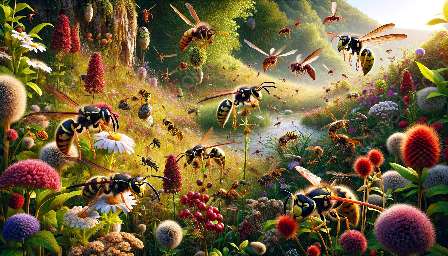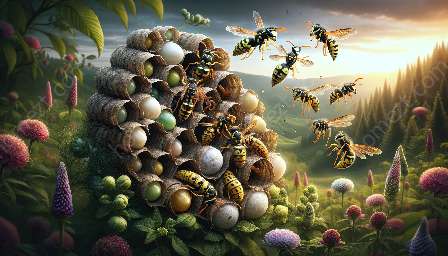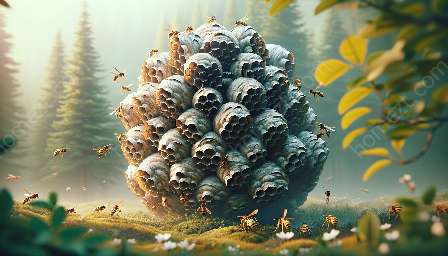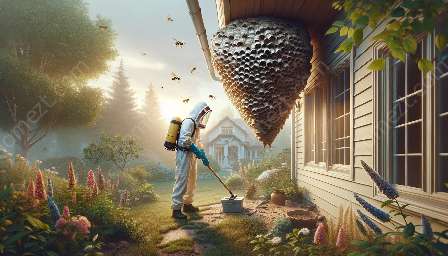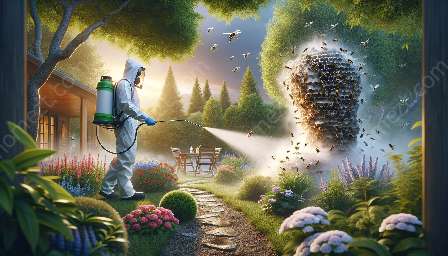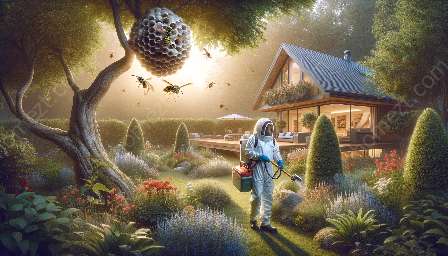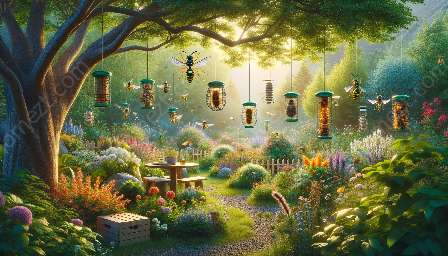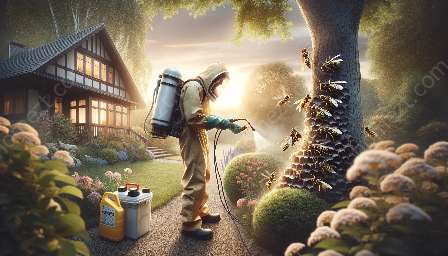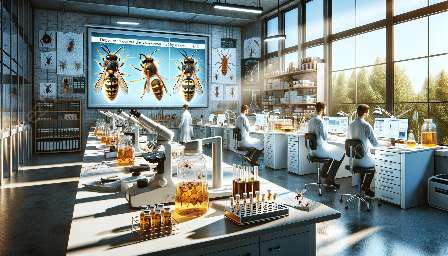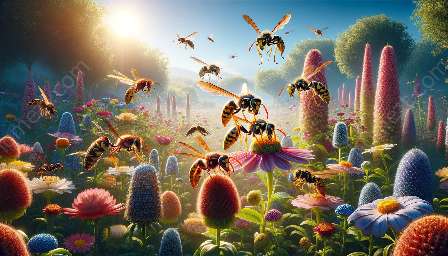Wasps, often misunderstood creatures, play a crucial role in the ecosystem. Their nests are marvels of architectural and engineering prowess, and understanding them can lead to better pest control management. In this topic cluster, we explore the intricacies of wasp nests, their significance, and effective pest control strategies.
Understanding Wasp Nests
Wasp nests are intricate structures that serve as the dwelling place for wasp colonies. The composition and size of the nests vary based on the species of wasps. Common wasps, such as yellow jackets and paper wasps, build exposed nests, while bald-faced hornets create football-shaped aerial nests.
The Lifecycle of Wasp Nests
Understanding the lifecycle of a wasp nest is essential for effective pest control. In spring, a queen wasp emerges from hibernation and starts a new colony by constructing a small nest. As the colony grows, the nest expands to accommodate the increasing population. By late summer or early fall, the colony reaches its peak, and new queens and drones are produced. When winter approaches, the colony dies off, and the old nest is abandoned.
Ecological Importance
Despite their reputation as pests, wasps are beneficial to the environment. They act as natural pest controllers by preying on insects that can harm crops and gardens. Additionally, they serve as pollinators, aiding in the reproduction of flowering plants. By understanding and appreciating their ecological role, we can find a balance between pest control and conservation.
Wasp Nests and Pest Control
While wasps provide ecological benefits, they can also pose a threat to humans, especially when their nests are located near dwellings. Effective pest control methods are crucial for managing wasp populations and minimizing human-wasp conflicts. Non-lethal techniques, such as nest removal and repellents, can be used to discourage wasps from building nests in residential areas. In cases where wasp populations pose a significant risk, professional pest control services can provide safe and effective solutions.
Conclusion
Wasp nests are not only marvels of nature but also essential components of the ecosystem. Understanding the biology of wasps and their nests can lead to better pest control strategies that minimize harm to both humans and the environment. By appreciating the ecological importance of wasps and implementing responsible pest control practices, we can coexist with these intriguing insects while ensuring our safety and well-being.

